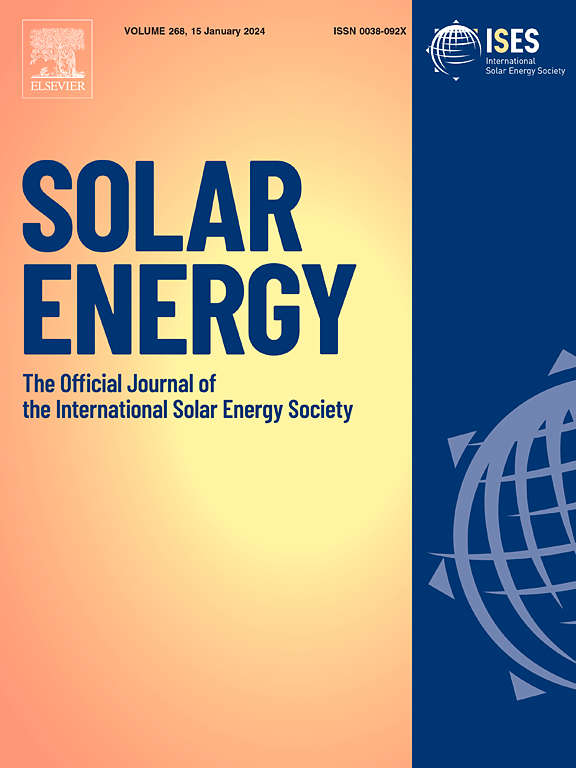A brief review of solar panel installations on former mine lands: technical challenges and uncertainties for tracking and foundation systems
IF 6
2区 工程技术
Q2 ENERGY & FUELS
引用次数: 0
Abstract
Reclaimed mine lands present a valuable opportunity for deploying photovoltaic (PV) systems, offering both environmental and economic benefits while addressing challenges of land reuse. This paper reviews the geotechnical conditions, foundation systems, and racking solutions relevant to PV installations on former mine lands, with a particular focus on the variable terrain and soil profiles found in Appalachian coalfields. The review identifies earth screws, ballasted foundations, and concrete piers as the most viable foundation options in these contexts due to their adaptability to diverse soil types, settlement risks, and construction constraints. For racking, fixed-tilt systems are favored for large-scale projects because of their structural simplicity, cost-effectiveness, and reduced risk of mechanical failure. Tracking systems, while offering higher energy yields, require careful cost-benefit analysis, particularly in variable weather conditions or remote areas. Reusing mine lands for PV deployment also presents meaningful climate benefits: typical installations can offset approximately 1,200–1,500 metric tons of CO2 annually per megawatt of capacity, depending on local grid emissions and irradiance levels. The study emphasizes that selecting optimal foundation and racking systems must account for local geotechnical and environmental factors. It also calls for continued proof-of-concept testing and suggests that future advances may be driven by data-driven design methods such as machine learning to support more standardized and site-responsive PV infrastructure on legacy mine lands. This review also proposes a conceptual decision-making framework to guide practitioners in preliminary site assessments.
简要回顾前矿区太阳能电池板装置:跟踪和基础系统的技术挑战和不确定性
复垦矿区为部署光伏(PV)系统提供了宝贵的机会,在解决土地再利用挑战的同时,提供了环境和经济效益。本文回顾了与前矿山用地上的光伏装置相关的岩土工程条件、基础系统和机架解决方案,特别关注了阿巴拉契亚煤田的可变地形和土壤剖面。该评估认为,在这些情况下,土钉、压舱基础和混凝土墩是最可行的基础选择,因为它们能够适应不同的土壤类型、沉降风险和施工限制。对于货架,固定倾斜系统因其结构简单、成本效益高、机械故障风险低而受到大型项目的青睐。跟踪系统虽然可以提供更高的能源产量,但需要仔细的成本效益分析,特别是在多变的天气条件或偏远地区。重新利用矿区土地进行光伏发电部署也带来了显著的气候效益:根据当地电网的排放和辐照水平,典型的安装每年每兆瓦容量可以抵消大约1200 - 1500公吨的二氧化碳。研究强调,选择最优的基础和货架系统必须考虑当地的岩土和环境因素。它还呼吁继续进行概念验证测试,并建议未来的进步可能由数据驱动的设计方法(如机器学习)驱动,以支持传统矿山土地上更加标准化和现场响应的光伏基础设施。本综述还提出了一个概念性决策框架,以指导从业者进行初步的场地评估。
本文章由计算机程序翻译,如有差异,请以英文原文为准。
求助全文
约1分钟内获得全文
求助全文
来源期刊

Solar Energy
工程技术-能源与燃料
CiteScore
13.90
自引率
9.00%
发文量
0
审稿时长
47 days
期刊介绍:
Solar Energy welcomes manuscripts presenting information not previously published in journals on any aspect of solar energy research, development, application, measurement or policy. The term "solar energy" in this context includes the indirect uses such as wind energy and biomass
 求助内容:
求助内容: 应助结果提醒方式:
应助结果提醒方式:


